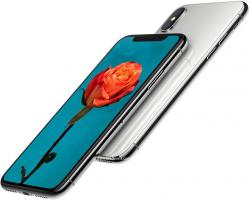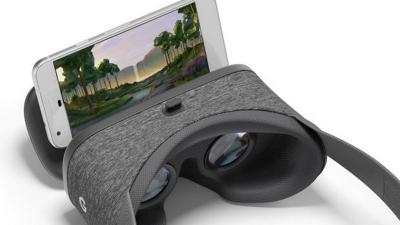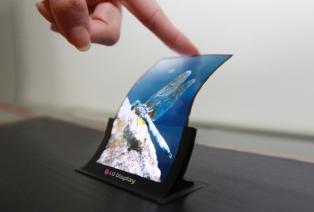DisplayMate: the Google Pixel 3 XL AMOLED is made by SDC, is a top-notch smartphone display
Display measurement experts Display Mate posted an in-depth review of the Google Pixel 3 XL 6.3" 1440x2960 AMOLED display. The display wins DisplayMate's highest ever Overall Display Assessment Grade of A+ together with a DisplayMate Best Smartphone Display Award.
![]()
DisplayMate says that Google now joins Apple and Samsung as the top tier of smartphone displays. The Google 3 XL display is on par with the AMOLED display used in Samsung's Galaxy S9. Interestingly, it turns out that Samsung Display provides this 6.3" AMOLED display to the Pixel 3 XL, while LG Display is likely to be the supplier for the smaller 5.5" 1080x2160 display used in the Pixel 3.




